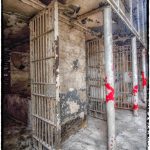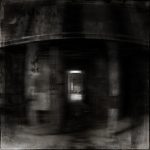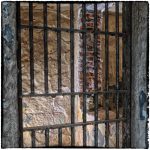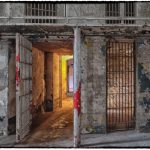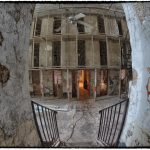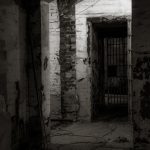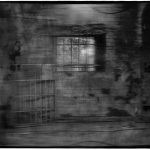


Battlehill Forge, August 8 2017

Church of the Assumption Ansonia, July5 2017
Thank to Father Jim Sullivan’s generosity, Ted Roth and myself had the chance to photograph the interior of the Church of the Assumption Ansonia.
It is truly one of the most beautiful architectural marvel in this area and my photographs are not even good enough to describe the place.
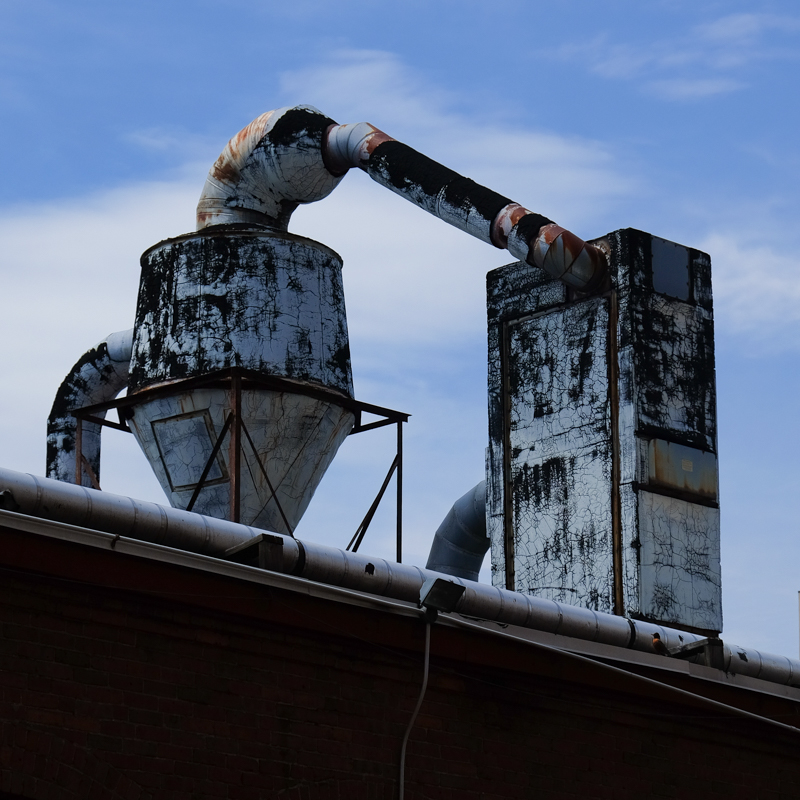
Stanley Works, just before the demolition starts
We (That is Ted Roth, Kathy Radziunas, Rob Doby, Cindy O’Neil and myself) have gone back to Stanley Works, probably the last time. There were already people there, moving, measuring, etc, from various companies that would do the demolition. We visited the building that Ted and myself saw at the very first time we went on a photographic trip there. You can still see something different, something new worth to put the tripod down and to take a picture of.
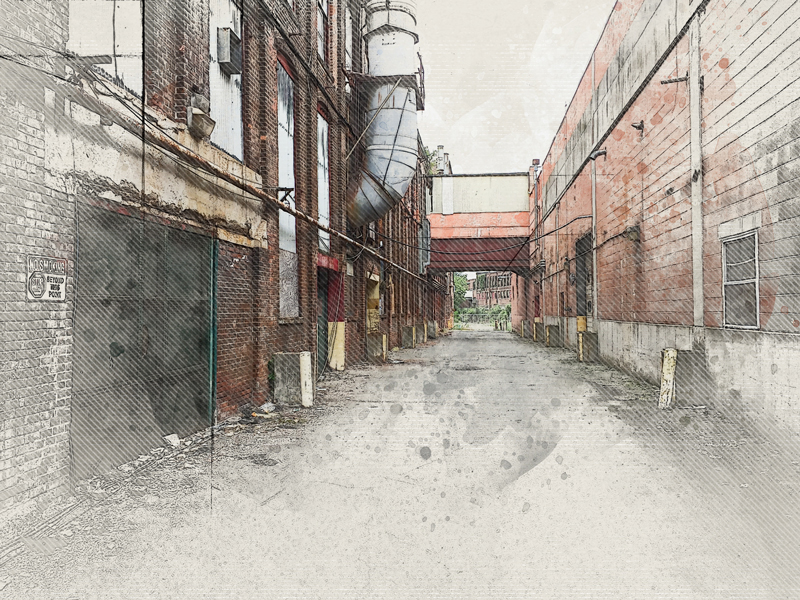
Stanley Works June16 2017
Still finding some new buildings to photograph at Stanley Works. This complex is huge, several buildings of different sizes and ages and in different conditions. On of the buildings had a flood many years ago and you can still very much see the signs of it all over the first floor. Most of the floors are empty now but here and there you can still find a few machines and tools,just a stark reminder of better times.
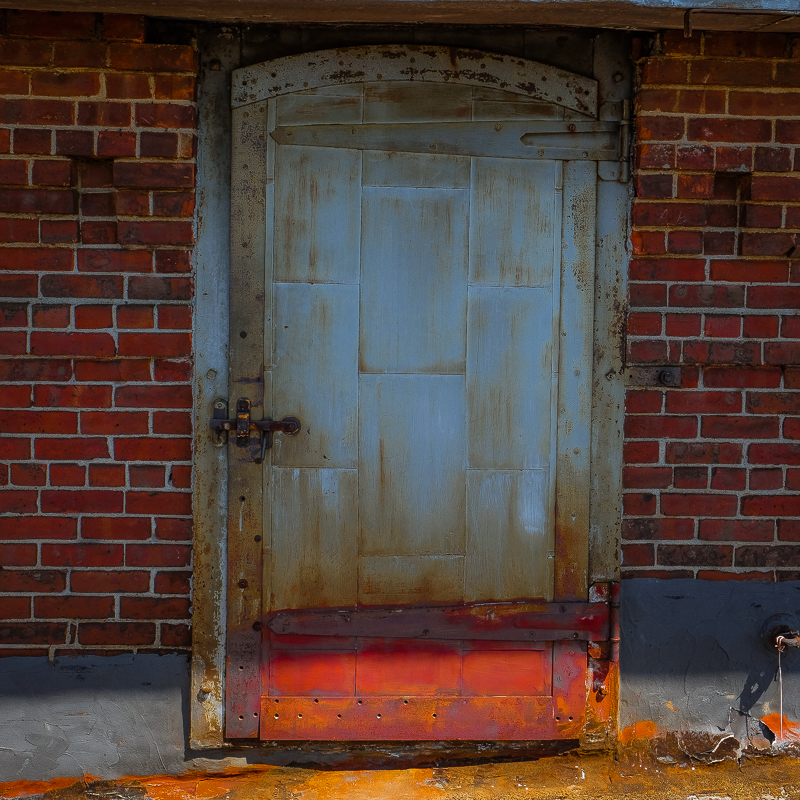
Stanley Works June 1 2017
My friend, Ted Roth arranged a new visit to Stanley Works for us ( that is him Meredith Hicks Wilcox and myself) . Much of the standing buildings are now slated for demolition starting in July, so we were lucky to have this opportunity. Not much change from the last time we were there 2 years ago, I just tried to work with some different composition and used my IR camera as well.

Sand Hill road railroad repair station, Canaan, Connecticut
It was an unexpected surprise. My friend, Ted Roth and myself were taking pictures at the Mountain View Farm in Falls Village and on the way out we drove by the railroad repair station at the and of Sand hill road in Canaan. Ted suggested to stop by and ask if we can take some pictures. Our request was granted and we spent the next couple of hours wandering through the yard and photographing “Rust and Decay”, the old items resting peacefully there.
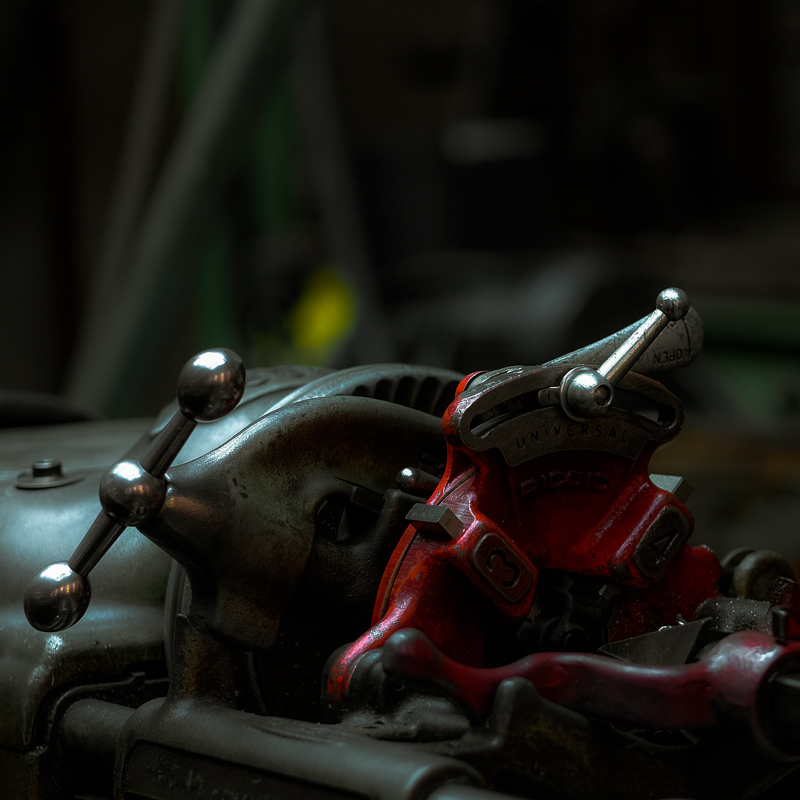
Return to Farrel Co. on December 21 2016
With my friend Ted Roth I have gone back to the old Farrel Co. building to take a few more pictures, possibly the last time. The company, one of the lucky one that survived the onslaught of globalization, moved to a new beautiful compound in the same town, Ansonia. There are still a few items ( plus the old buildings) left to photograph and we made the best of it in the freezing weather.
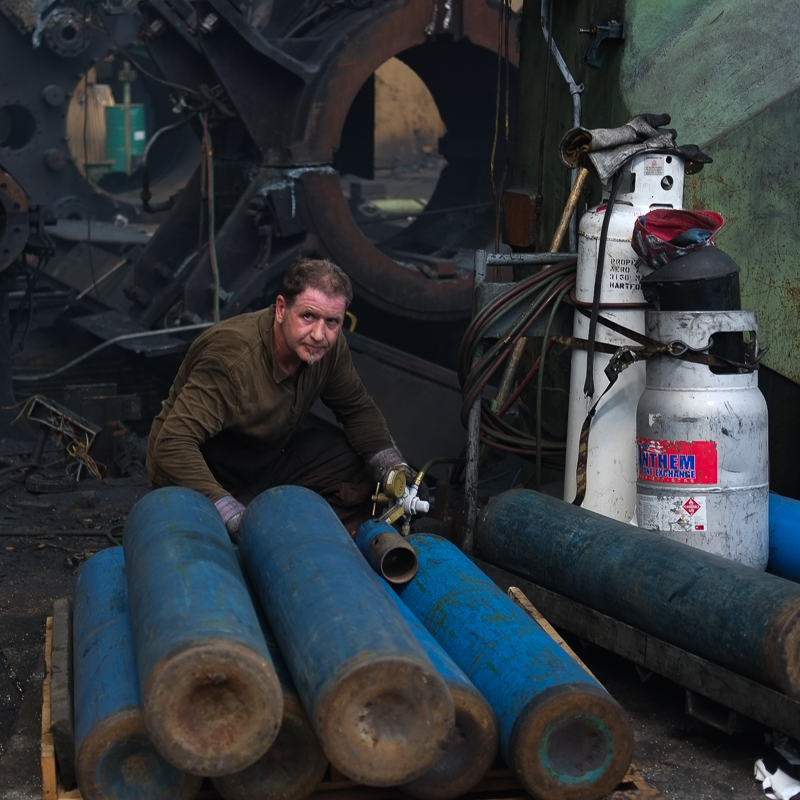
Pictures from Ansonia Brass. August 9 2016
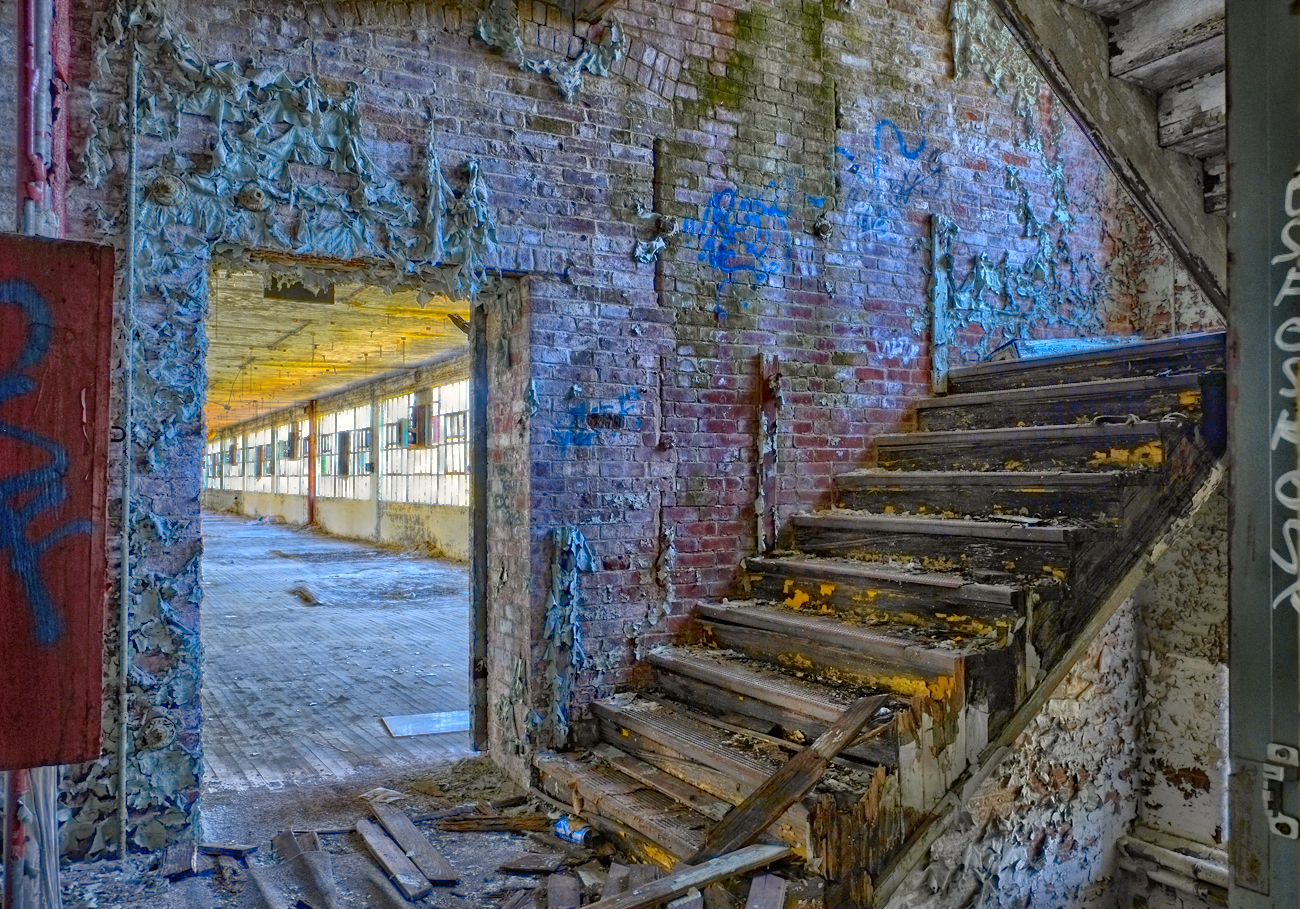
J. R. Montgomery & Co. in Windsor Locks
The firm of J. R. Montgomery & Co. [in Windsor Locks] was established in 1871, for the purpose of manufacturing cotton warps used in satinets and union cassimeres. The firm was composed of J. R. Montgomery as the active partner, with two others who constituted the partnership. A few years after the outside interests were bought by J. R. Montgomery, who continued the business under the old firm name, until in 1885. George M. Montgomery was admitted into the business as an active partner, and the line of manufacture was enlarged, taking up the making of novelty yarns, which was a new and unique line of manufacture. […]
In 1891, the firm of J. R. Montgomery & Co. was merged into a corporation under the name of The J. R. Montgomery Co., of which J. R. Montgomery, President, and George M. Montgomery, Vice-President and Secretary, are the active managers. A new cotton warp mill and an addition to the Novelty Mill was built. The capital of $350,000 was invested in enlarging and increasing the scope of its business.
The first Warp Mill was expanded in 1904-1905, as described in Fibre and Fabric: A Record of Progress in American Textile Industries, Vol. XLL, No. 1054, May 13, 1905:
The machinery of the new factory of the J. R Montgomery Company is gradually being put into operation as fast as the various processes involved will allow. The completion of this building, states the Windsor Locks Journal, marks a new epoch in the prosperity of the town. Standing on the canal bank with its five stories beside the basement, and its frontage of 173 feet, it presents a handsome and imposing appearance. Its width is 63 feet, and it is so built as to connect with and open into the former five story building on the north, making a frontage of 248 feet. The designer is Fred. S. Hines of Boston and the contractors C. H. Hathaway & Co., of Providence, R. I. The work was begun early last Spring and has continued without interruption or accident. In its construction and equipment it embodies all the latest improvements in every feature, as regards fire proofing, heating, lighting, the distribution of power, etc.
All the power and lighting in the new mill is supplied by electricity, and the electrical plant is one of the most complete in this section of the country. The cotton machinery is all new and of modern construction for the manufacture of high grade yarns and warps. A combing plant has been installed for making a higher grade of work than heretofore attempted in that line. It is the intention of the company to continue along the same lines as in the past, but to improve the quality of the output, and to add to its reputation for high grade goods.
In the 1890s, the company began producing tinsel products, eventually becoming the country’s largest manufacturer of decorative and electric tinsels. In 1920, the Montgomery Company purchased the adjacent Anchor Mills Paper Company building, razing it and building a new white reinforced concrete building, which extended southwards from the 1891/1905 structure. The Montgomery Company ended its operations in Windsor Locks in 1989 and the factory buildings have since remained vacant, suffering fires in 2006, 2009 and again earlier this year. Since 2009, the Town of Windsor Locks has been attempting to foreclose on the now burned-out buildings. ( From The Historic Buildings of Connecticut site )
